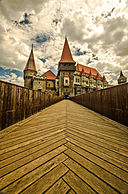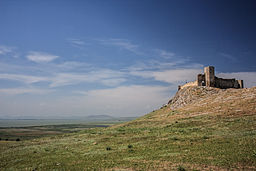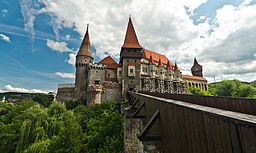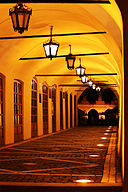I may not be thrilled advertising Facebook, but they do were the sponsor of a big hackathon organized by ROSEdu last week-end at Politehnica University in Bucharest. For about 24 hours 15 teams of 2 to 4 hackers coded on various projects for fun, glory, learning and prizes. They were assisted by a bunch of ROSEdu volunteers and some Facebook engineers from London and Dublin. The goal was for each team to have at the end of the coding day a piece of software ready to ship.

Unfortunately, not everything was perfect: after many successful events, this time the weakest link was the University, which kind of screwed a big multinational sponsor, an enthusiastic NGO and a lot of volunteers when the power went off for several hours. Of course, the internet connection was down too, so the organizers had to sent the teams to work from home for this interval. And this was not all: the University rented some rooms on Saturday for some exams at the Fiscal Administration, so due to that the hackathon had to be cut 2 hours.

The teams were diverse: most of them were university students, but there was a team with all its members being high schoolers and there was an all-girls team. Hackers were running an assortment of systems: Linux, Windows, OS X. In my empirical observation (I didn't count), Linux was a plurality and as distros I noticed Mint, Ubuntu, Fedora, Debian, Gentoo. Projects targeted Android, iOS, the web or a combinations of those and were developed with a lot of mixed technologies, I saw Java, PHP, Node.js, ObjectiveC, Ruby and more.

The power was still down at the finale, so instead of presentations on the big screen for everyone to see, the jury had to move to each table and watch presentation made on laptop batteries and mobile data connections. Less than ideal, but in the end they managed to get the job done. I followed the jury and learned more about every project: some were warm-fuzzy feel-good about recycling, some may seem useful for students newly arrived in the big city and trying to figure its transportation system and other really creepy from a privacy point of view, but all of them had or "planned" to have some "notify your friends" or "see shit your friends do" features to palate the sponsor.

PS: incidentally, the winning team was the one who asked at some point the roaming photographer for some ideas on their interface design :)












